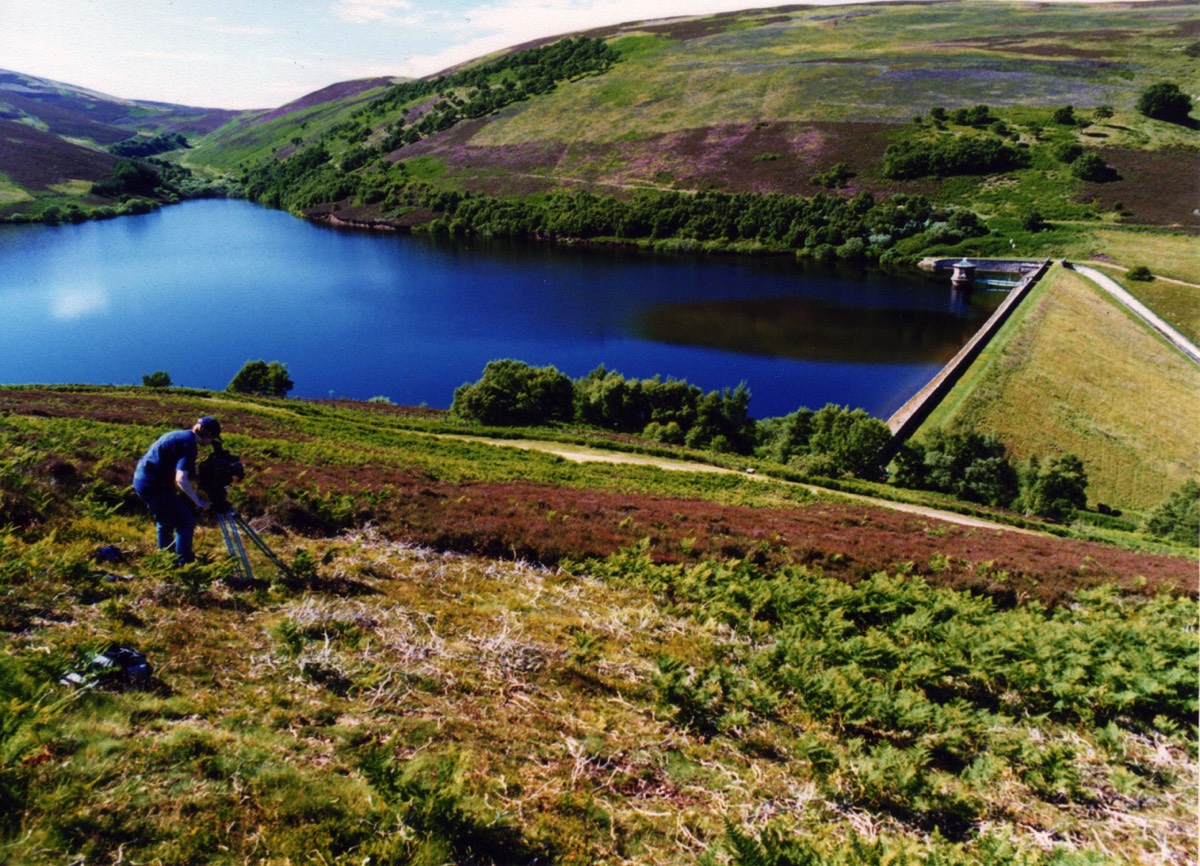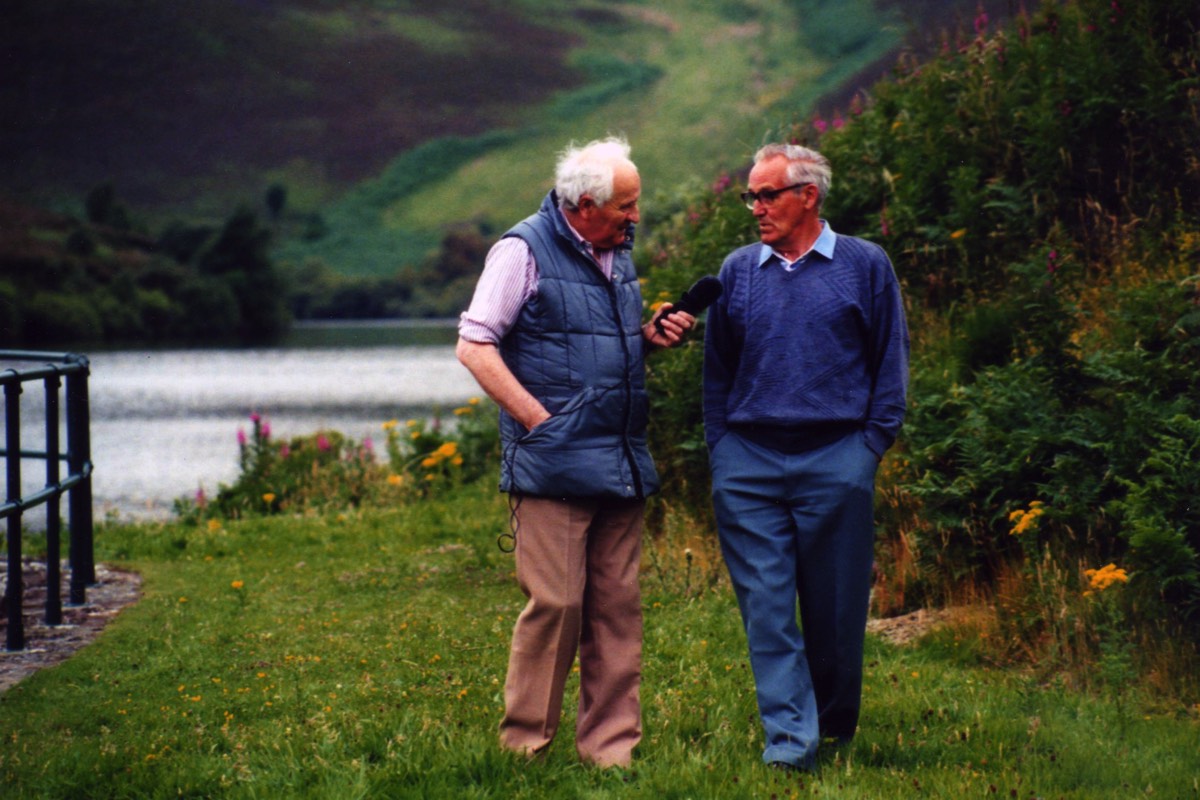Training In The Valley Of The Hopes

Above the Hopes reservoir and looking across to the Lammermuir Hills.
The Hopes
Today the lovely, narrow valley of the Hopes is a popular summer picnic area where hill walkers mingle with flocks of sheep and look across the quiet waters of the Hopes reservoir. Few live in this quiet valley apart from farmers and waterworks workers and access to it in wintertime can be a difficult task even for a 4 x 4. The reservoir, lying at the southern extremity of the valley, was topped by a wall constructed from the stones taken from the Calton Gaol when it was demolished in 1930. The construction of the dam was completed in 1933.

The Hopes Reservoir.
Training In The Hopes - George Dixon
The valley’s relative isolation was, however, useful to the military for training purposes of one kind or another. Jim O’Donnell, Longniddry Home Guard, remembers camping out in the glen during HG training exercises. Jack Tully Jackson also remembers training outings to the valley and, of course, we have already seen the involvement of the Polish artillery crews in lobbing shells into it. During the war years George Dixon lived with his parents in the Water Board’s house half a mile below the dam. George’s father was the Water Superintendent throughout the war and he and his family sometimes found their peaceful existence disturbed and themselves in the middle of a number of military training exercises.
The RAF
One dark winter’s night George and his family were woken up by the RAF practising bombing runs down the valley. Whether bombs were dropped or not is uncertain, but George remembers the vivid flashes that accompanied the over-flights of the aircraft. These were the photoflashes dropped to enable photographs to be taken of the accuracy or otherwise of the bombing.
The RAF Regiment
George described how members of the RAF Regiment encamped at Hopes House and trained with a variety of weapons throughout the area. He found some of the flares employed and proceeded to remove their parachutes and throw them onto a fire, thankfully without any nasty results! Jack Tully-Jackson took mischievous delight in telling George that he was one of the soldiers involved in disturbing George's peace.
The Polish Army
George well remembered the occasion the Polish artillery regiment used a live firing range on the other side of the hills from the Hopes, miscalculated and sent a significant number of live shells and smoke shells over the valley top and into the valley itself. This went on all morning until George’s father was able to contact the police who sent an officer up to the guns to put a stop to their dangerous inaccuracies!,

George Dixon being interviewed by Jack Tully-Jackson by the Hopes dam.

